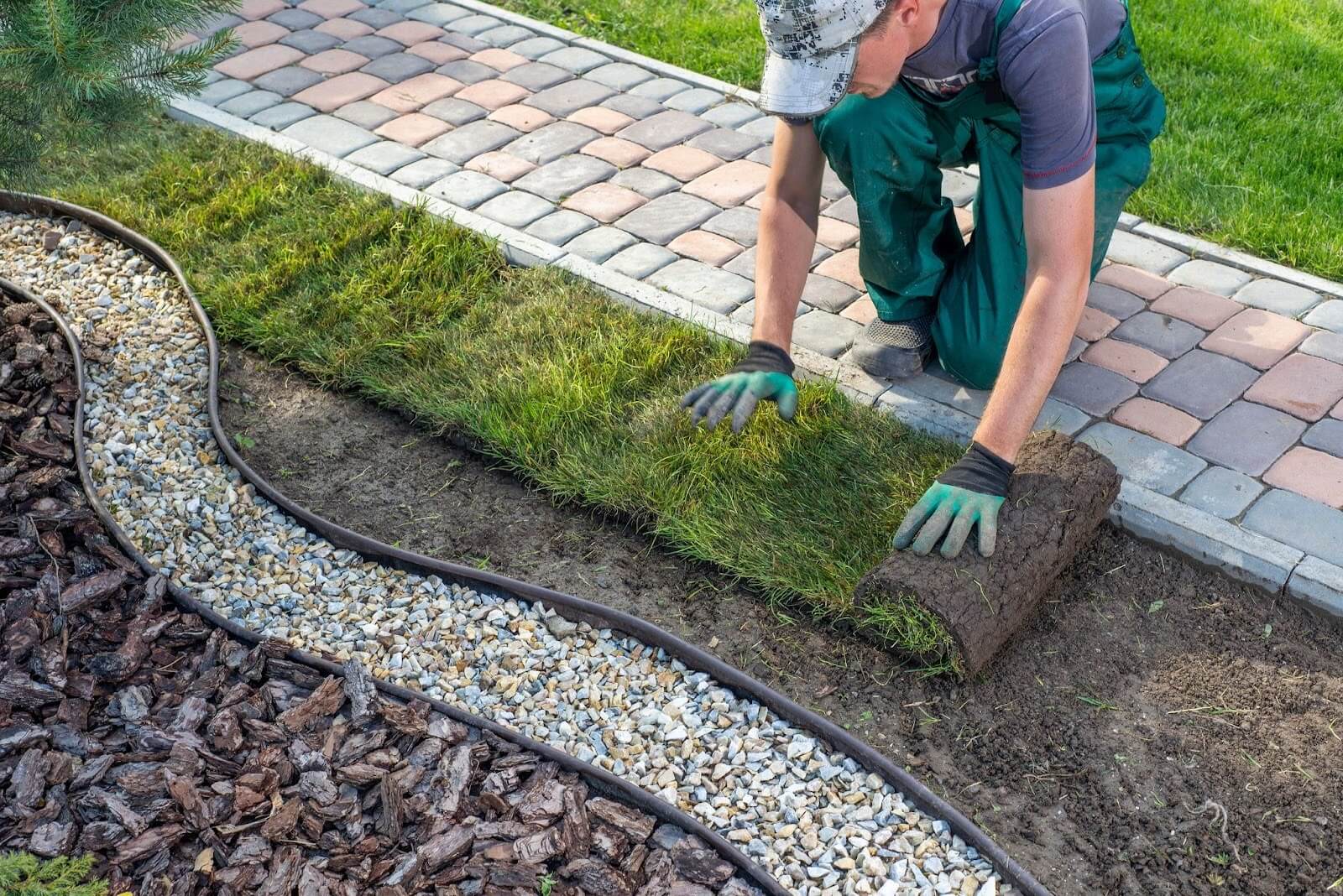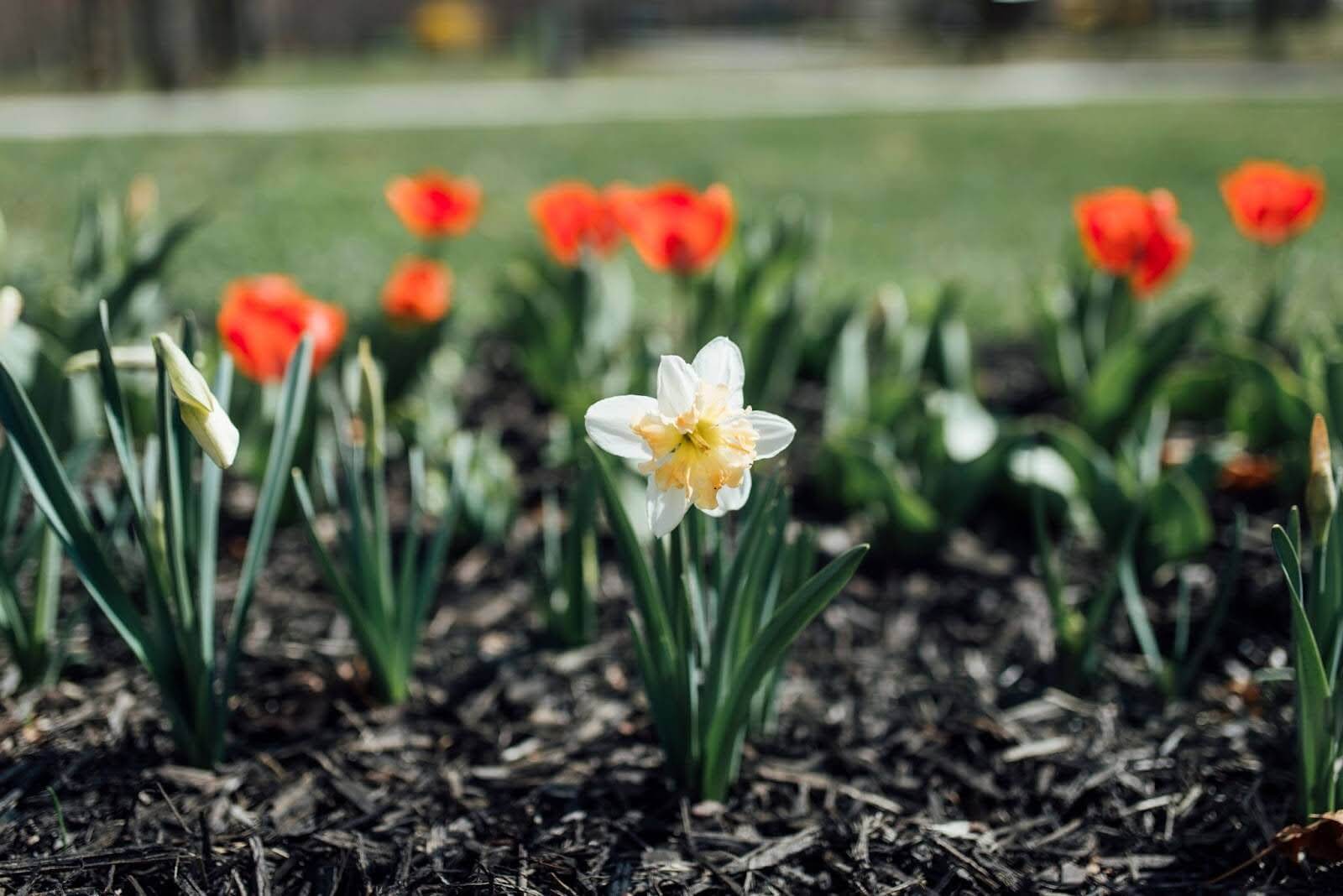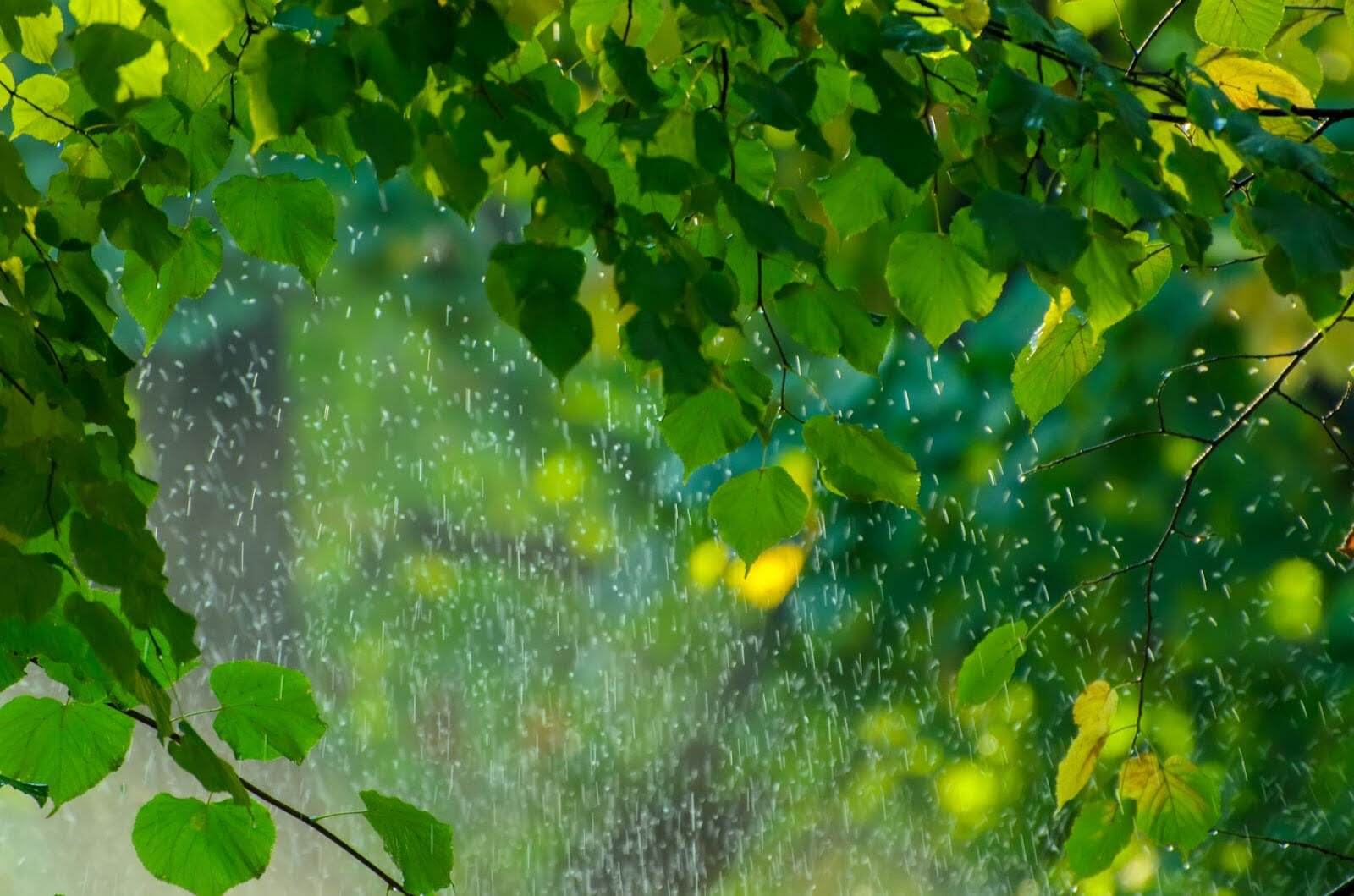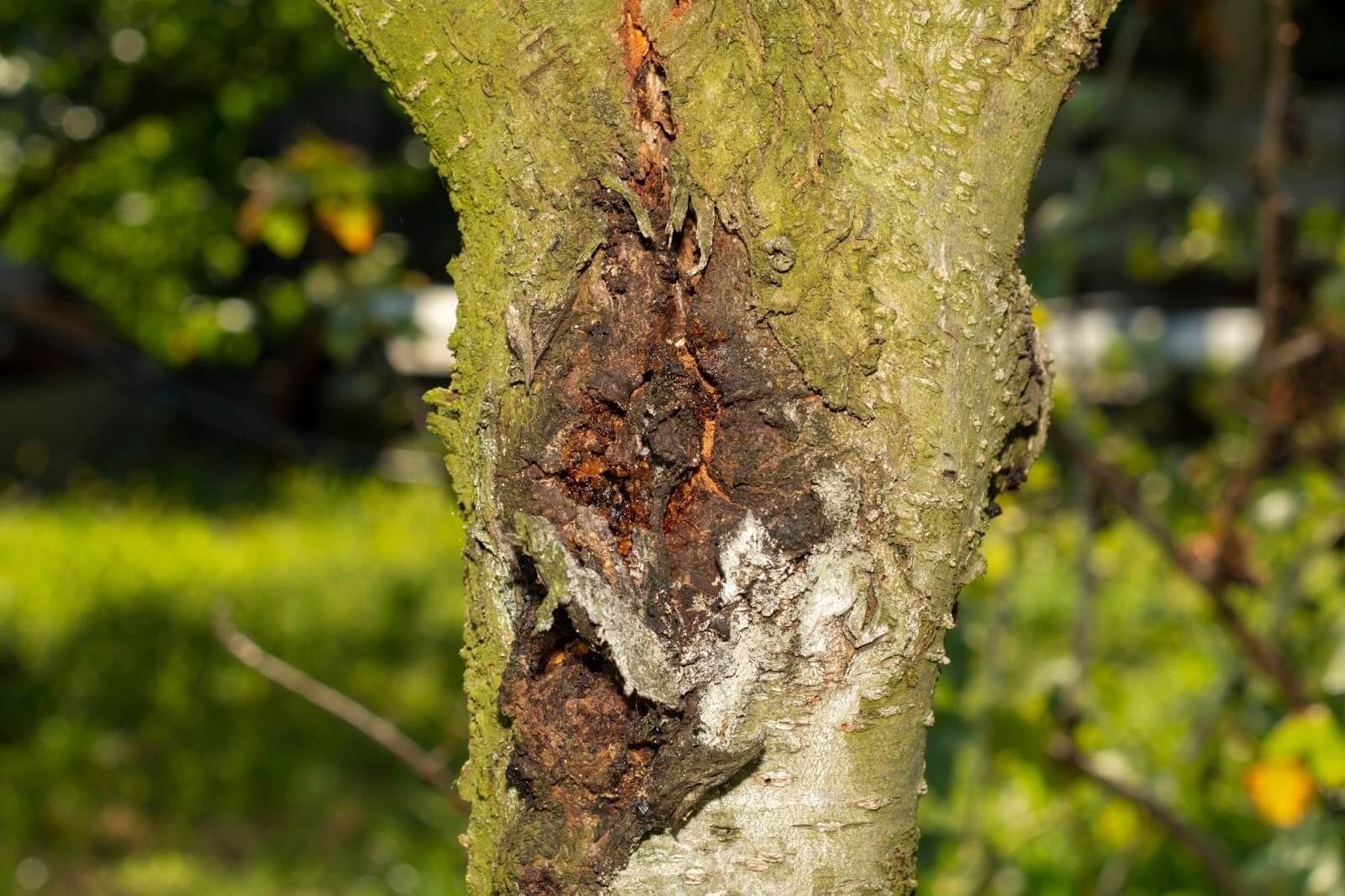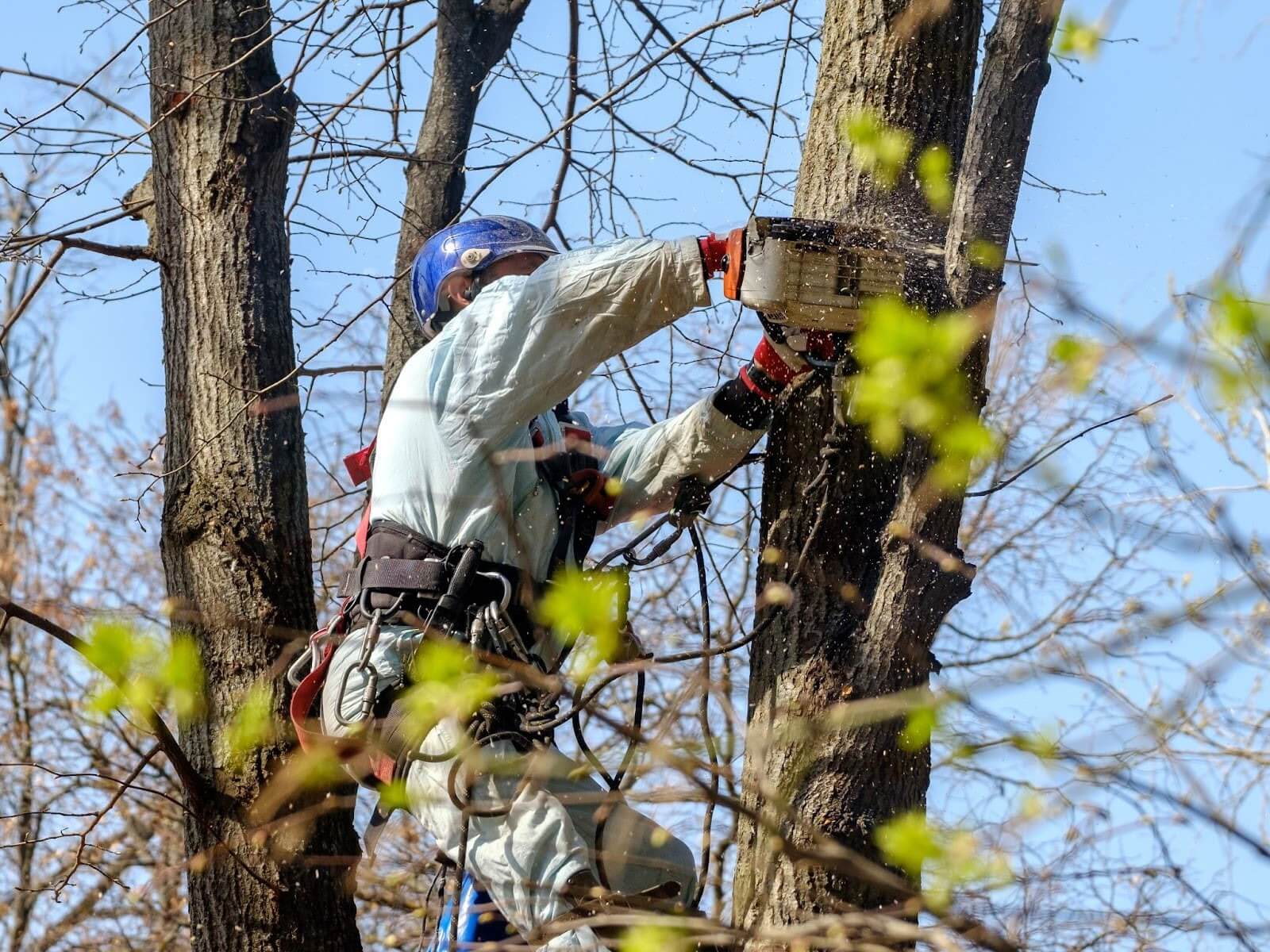Making additions to your property and lawn can sound daunting, but with the right landscaping company, you don’t need to worry. Here are some of The Parke Company’s best ideas for transforming your Nashville property into something truly breathtaking.
Landscape Installation Ideas for Nashville Properties
Hardscapes
Hardscapes are often overlooked aspects of landscape installation that shouldn’t be neglected on your property. Not sure what hardscapes are? A hardscape is any non-natural decor or many functional additions to your landscaping. Hardscapes include things like paved walkways, outdoor furniture, birdbaths, firepits, and fountains, to name just a few of the most common options.
Hardscapes are generally more expensive than other additions to your landscaping, but they are also a very solid investment. Adding patios, fountains, and other larger hardscapes can greatly improve your property value. Additionally, hardscape additions are usually convenient and can greatly improve the experience you and your guests have on your property. Hardscapes can be made of a variety of materials, from plastics like fountains and koi pond basins to natural stone for pavers or paths. Ensuring that your hardscapes are made from high-quality materials ensures their longevity and keeps things looking great in your yard for years to come. Opting for regular maintenance with your Nashville landscaping company will help ensure that the upkeep doesn’t all fall on you. At The Parke Company, we pride ourselves on doing the follow-through with all of our clients, and we offer a variety of maintenance plans for keeping your landscaping additions looking their best.
Balancing hardscapes with natural landscaping ideas is critical to ensure that your yard still feels like the outdoors, but it’s easy when you work with the pros. If you’re looking for landscaping in Nashville, look no further than The Parke Company. We have decades of experience installing hardscapes for countless businesses and homeowners, and we’re sure that we can work within your budget to turn your landscape installation ideas into a reality.
New Trees, New Gardens, New Mulch
The easiest and most affordable way to improve your landscaping this year is with new plants. Adding trees, flowers, bushes, and even vegetable gardens helps to enhance your yard and create a more sustainable ecosystem on your property. Planting strategy is one of our strong points, and we can help you set up an inventory of your trees and plants to determine what could help beautify and otherwise enhance your landscape.
The certified arborists at The Parke Company have helped individuals, businesses, and even towns manage their tree populations. Plant diseases like Dutch elm disease or pest threats like the emerald ash borer can be problems for your trees, and having an arborist inspect and prune trees can prevent these issues from occurring. Adding new trees, plants, garden beds, and bushes can help to keep your yard’s complex ecosystem in balance. This will help ensure that you’re doing less work, and many plants have benefits for you, too. Certain herbs or other plants like marigolds, citronella, and lavender can be added to a garden for vibrant color, but they also provide natural mosquito protection for your landscaping.
As mosquito populations soar with the spring wet season, it’s important to ensure your landscaping is properly draining so your lawn doesn’t become a breeding ground for insects. Landscaping can help more than you might think. Adding topsoil and properly grading your landscape can keep water from collecting, ensuring your plants are properly hydrated and no excess water soaks into the ground. Adding sod and replacing weak grass can also help ensure that your lawn looks better and is free of pests. Sod installation is a great way to get your lawn looking great in no time, and it can help ensure that you have a healthy root system keeping your soil safe. If you’re worried about erosion from spring and summer rainstorms, planting bushes and using mulch beds can help keep your topsoil safe and healthy. Root systems from strong and healthy bushes and grass can ensure that even inches of rain don’t run off with your nutrient-rich soil. Landscaping in Nashville is all about preparing for whatever weather spring and summer can throw at us, from heavy rains and winds to summer droughts. Planting trees and plants that can survive dry spells is important to ensure your landscaping is looking green even when it hasn’t rained in weeks.
Irrigation System Installation
On the subject of hydration, another landscaping installation you should consider is an irrigation system. Installing an irrigation system is an effective way to guarantee that your landscape is well-watered year-round.
An irrigation system usually employs sprinklers and underground water pipes to deliver water in equal supply across a property, focusing on the lawn and other plants that aren’t drought-resistant. In dry Nashville summers, this can mean the difference between a dead lawn with brown plants and a lush, green yard. Modern irrigation systems are incredibly efficient, and with proper installation, you can keep your water bills low and environmental impact to a minimum. Sprinkler system installation can be more costly than other landscaping services, but sprinklers can last for years if properly maintained. Combining drought-resistant plants with an irrigation system for your yard is an effective way to preserve your landscaping year-round. Scheduling seasonal tune-ups and shutting down the system as winter approaches are necessary to ensure your irrigation system lasts, so it’s important to schedule these things with your landscaping company. At The Parke Company, our technicians can install irrigation systems while keeping your lawn looking pristine and provide support in the following years. Leave the system backwashes and pre-winter draining to us. Budget for your system maintenance, and you’ll avoid costly damage and dry spots on your lawn when it matters.
Transform Your Outdoor Space With The Parke Company
No matter what landscape installation services you need for your Nashville property, the experts at The Parke Company are ready and able to get your projects done efficiently and on budget. If you’re ready to explore what The Parke Company can do for your property, give us a call today for a free consultation and estimate.

